 Happy life in Xinjiang
Happy life in Xinjiang
 2014 China Hainan Int'l Automotive Exhibition kicks off
2014 China Hainan Int'l Automotive Exhibition kicks off
 Collection of 'China Dream' public-spirited ads
Collection of 'China Dream' public-spirited ads
 The silent holy stones
The silent holy stones
 University students take care of giant pandas
University students take care of giant pandas
 Leading lady a true legend
Leading lady a true legend
 China Pan-Asia Stone Expo held in Kunming
China Pan-Asia Stone Expo held in Kunming
 Taiwan woman marries into Kazak family, 100 sheep plus a flat as dowry
Taiwan woman marries into Kazak family, 100 sheep plus a flat as dowry
 College girls take graduation photos under water in Chongqing
College girls take graduation photos under water in Chongqing
 Cartoon: Xi and football
Cartoon: Xi and football
CANBERRA, July 14 -- A new theory of how cancer works which involves looking at the genome sequences from fish, corals and sponges could lead to the next generation of treatments of the disease.
The "atavistic" theory suggests that cancer forms when recently evolved genes are damaged, and cells have to revert to using older, inappropriate genetic pathways.
Astrobiologist Dr Charley Lineweaver from the Australian National University explained to Xinhua that the theory has its basis in genetic throwbacks such as extra nipples, or webbed fingers and toes, on human beings.
These oddities occur when the pathway to more recently acquired genes, the "normal" two nipples, for example or non-webbed fingers and toes, are blocked and the cell physiology reverts to the programs of our primate ancestors from 30 million years ago, and earlier. "The rapid proliferation of cancer cells is an ancient, default capability that became regulated during the evolution of multicellularity about a billion years ago," Dr Lineweaver said. "Our model suggests that cancer progression is the accumulation of damage to the more recently acquired genes. Without the regulation of these recent genes, cell physiology reverts to earlier programs, such as unregulated cell proliferation."
Dr Lineweaver developed the new model after teaming up with Professor Paul Davies from Arizona State University and oncologist Dr Mark Vincent from the University of Western Ontario.
In 2012, about 14.1 million new cases of cancer occurred globally, yet an underlying cause of the many forms of the disease has not yet been identified.
To understand the disease better, the team turned to the wealth of knowledge being revealed in the genome sequences from a large range of our distant relatives, including fish, corals and sponges.
This new knowledge has allowed scientists to establish the order in which genes evolved and is the basis of the new therapeutic implications of the model, said Dr Lineweaver.
"The adaptive immune system that humans have has evolved relatively recently, and it seems cancer cells do not have the ability to talk to and be protected by it. The new therapeutic strategies we are proposing target these weaknesses," he said. "These strategies are very different from current therapies, which attack cancer's strength -- its ability to proliferate rapidly."
Professor Davies said the new model will not provide an overnight cure. "It is a work in progress but we think it gives a more consistent interpretation of what is currently known about cancer than other models do," he said.
Dr Lineweaver said that his research in astrobiology led him to look at cancer.
"Paul and I have always been interested in trying to answer big questions. This led us to astrobiology and trying to answer the question 'Are we alone?' To answer that, you need to know about how life got started and evolved on this planet, and that involves understanding the evolution of multicellularity. That is an obviously missing piece from our current models of cancer."
 Children attend gymnastics training in summer
Children attend gymnastics training in summer
 Beautiful sceneries along the special travel route in Xinjiang
Beautiful sceneries along the special travel route in Xinjiang
 Germany beat Argentina 1-0 to win World Cup
Germany beat Argentina 1-0 to win World Cup
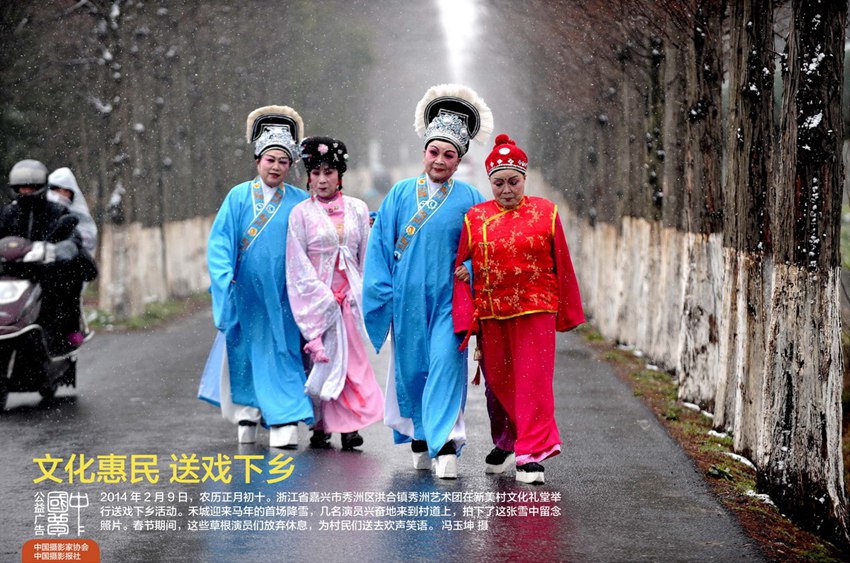 Collection of 'China Dream' public-spirited ads
Collection of 'China Dream' public-spirited ads 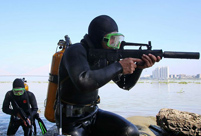 Chinese Navy frogmen in training: photos
Chinese Navy frogmen in training: photos Hong Kong Fashion Festival kicks off
Hong Kong Fashion Festival kicks off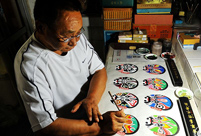 How Chinese men kill the time when their wives practice square dancing?
How Chinese men kill the time when their wives practice square dancing?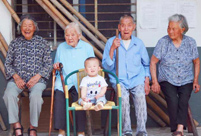 Lishui, city of longevity with 186 healthy men above 100 years old
Lishui, city of longevity with 186 healthy men above 100 years old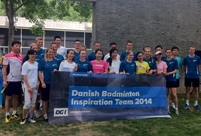 Danish badminton team plays Chinese social media users on Asia tour
Danish badminton team plays Chinese social media users on Asia tour Photos of the Week
(July 6 - July 12)
Photos of the Week
(July 6 - July 12)
 'Super moon' seen in Beijing
'Super moon' seen in Beijing
 Happy life in Xinjiang
Happy life in Xinjiang
 'Finding Nemo' in Seattle Aquarium
'Finding Nemo' in Seattle Aquarium The first female Uyghur students in China's naval academy
The first female Uyghur students in China's naval academy
 Hot weather drives citizens to play mahjong in water
Hot weather drives citizens to play mahjong in waterDay|Week|Month